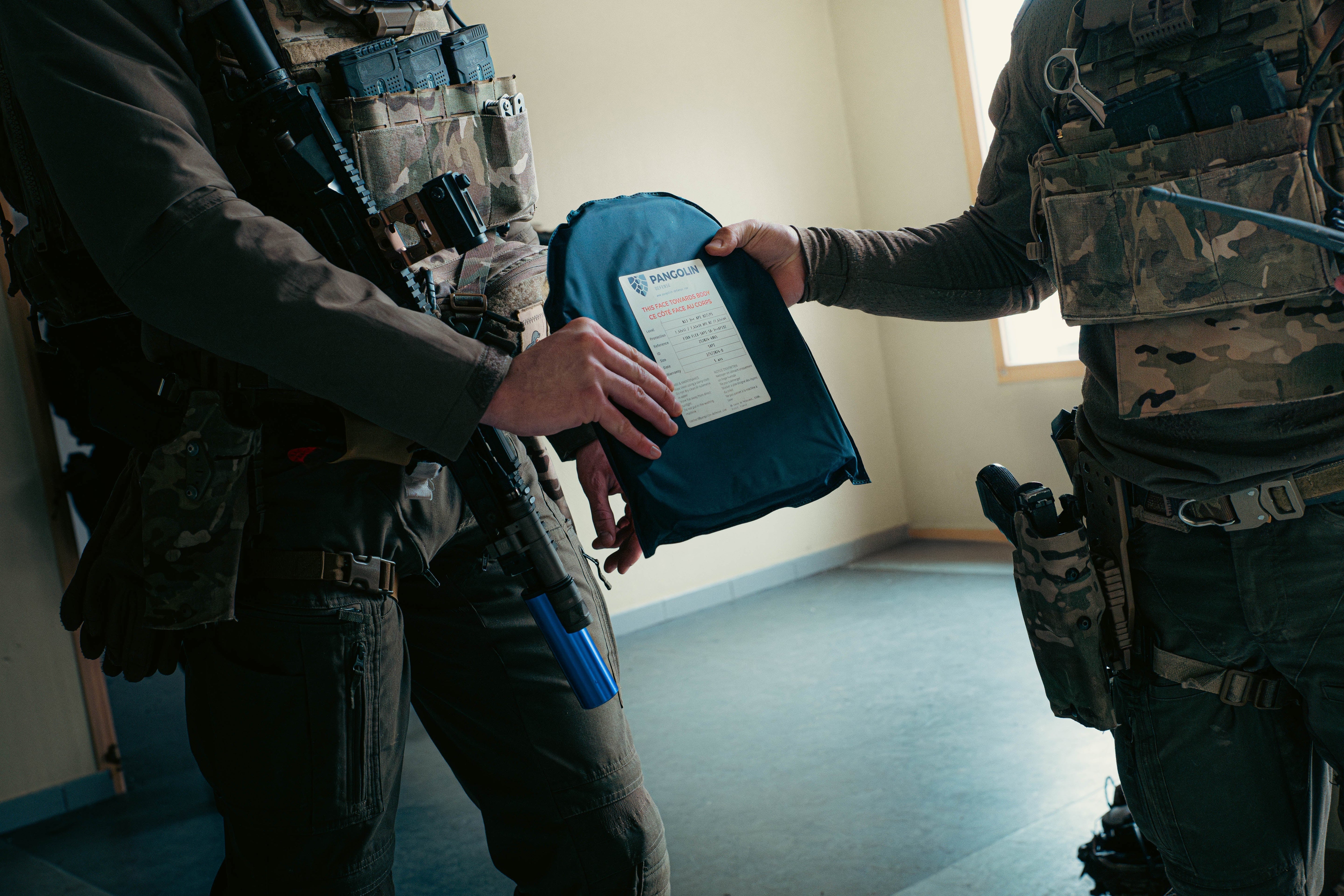The History of Ballistic Protection
Ballistic protection has always been a direct response to security needs in the face of growing threats. This constantly evolving field reflects not only technological advances, but also the strategic requirements of armed forces and law enforcement. Beyond simple defense, it illustrates a quest to balance efficiency, mobility and comfort in increasingly complex environments.
I. Origins and developments of protections
Evolution of materials
In ancient times, personal protection was limited by the materials available: leather, linen, and bone. These early armors met the immediate needs of warriors to survive bladed weapons. The advent of metals, such as bronze and iron, allowed for more robust protection, although heavy and impractical for long battles.
In the Middle Ages, the major innovation was chain mail. Providing effective protection against swords and arrows, it illustrates the growing importance of mobility in equipment. Full suits of metal plate armor, while effective, were expensive and reserved for the elite. This highlights a recurring theme in the history of ballistic protection: the trade-off between cost, accessibility, and effectiveness.
II. 19th century innovations
Introduction of silk
The 19th century marked a turning point with the discovery of the protective properties of silk. Although mainly used to stop low-velocity projectiles, this advancement opened the way to research into non-metallic materials for personal protection.
The first bulletproof vests
These innovations led to the production of the first silk bulletproof vests. They represented a notable improvement, but their prohibitive cost limited their adoption to influential figures or specialized forces.
III. The Modern Era: Ballistic Materials and Technologies
Synthetic fibers
The advent of nylon and Kevlar® in the second half of the 20th century revolutionized ballistic protection. These materials offer exceptional strength while being lightweight, meeting the needs of modern forces in terms of mobility and durability.
Military innovations
Both world wars were catalysts for ballistic innovation. Metal helmets, for example, were designed to protect against shrapnel, while reinforced vests were intended to improve soldiers' survivability in hostile environments.
IV. Recent technological developments
Advanced materials
Current research into materials such as graphene and ultra-high molecular weight polyethylene aims to create lighter and more resistant protections. These materials promise increased effectiveness while minimizing the impact on mobility.
Recent advances include innovations such as flexible ballistic plates, composed of ceramic hexagons. This modular design provides effective protection while allowing increased flexibility, thus improving the user's mobility.
Link to our ballistic plate catalog
V. Legal Implications and Regulations of Ballistics
Standards and certifications
International regulations, such as NIJ standards, ensure standardization of protection levels. This increases user confidence while making products comparable across the global market.
Ballistic protection standards
Conclusion
The history of ballistic protection is one of constant adaptation to technological threats and opportunities. Over the centuries, it has evolved to meet growing security requirements while taking into account economic and social constraints. The future of ballistic protection lies in continuous innovation, the balance between performance and accessibility, and ethical reflection on its use.




Leave a comment
This site is protected by hCaptcha and the hCaptcha Privacy Policy and Terms of Service apply.